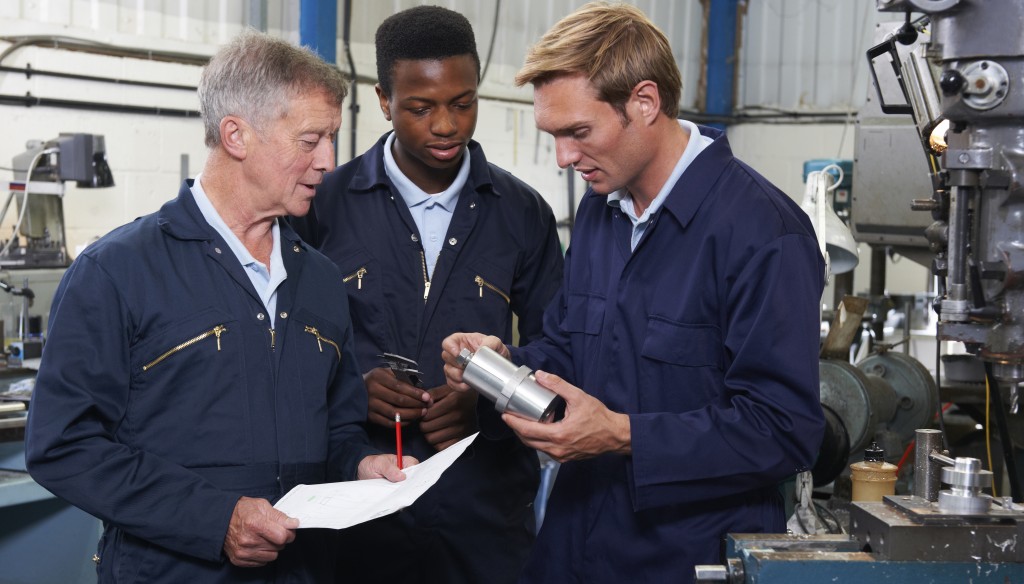Torque controlled bolting is a highly important aspect of your operations, and if you rush through the process, you may not achieve the secure final result that your job requires.
Using the right equipment the right way can improve efficiency and safety on-site, and help your crew meet tighter deadlines than you ever thought possible.
Controlled bolting has a number of benefits and advantages, here are 5 of them.
5 Advantages of Controlled Bolting
1. Safe environment & operations
Controlled bolting equipment eliminates unsafe actions of manual, uncontrolled bolting and tightening, because controlled bolting equipment requires skilled operators to follow specific procedures.
Want to train your workers? Get our FREE Worker Training Guide here! It will help you modernize your training practices, so your employees get the most out of your dedicated training hours.
2. Reduced operating time
Are you spending too much valuable time manually operating equipment?
By replacing use of manual hand tools with controlled bolting, your productivity will drastically increase by reducing (manual) tightening time and operator fatigue.
3. Bolt load consistency & accuracy
One of the main advantages of controlled bolting is the incorporation of tooling which has controllable output settings.
Controlled bolting also provides accurate calculations to provide the operator with the required tool settings to ensure easy usability.
4. Reliable & repeatable results
Controlled bolting techniques use calibrated, tested equipment and skilled operators who follow specific procedures to achieve consistent results.
And since it’s a controlled operation, instead of a manual job, you’ll receive repeatable results every time.
5. Right the first time
If you’re concerned about the correct assembly and tightening of the joint, controlled bolting eliminates that.
With this bolting technique, you will save time and resources by correctly assembling and operating every time.
Be sure to check for uneven bolt tensioning
Since not all applications allow for simultaneous tensioning, uneven bolt tensioning can occur and results in:
- Bolts being too loose or overloaded
- Crushing the gasket
- Gasket leakage
- Less than 100% tensioning
Every tightening procedure should be started by proper inspection of the equipment, lubrication of the nuts and bolts, and hand tightening to ensure they are flush against the flange.
Need help?
If you need help with controlled bolting or tensioning, contact us! Ultra Torq brings the best bolting tools and accessories under one source, and we’d be happy to help you.






